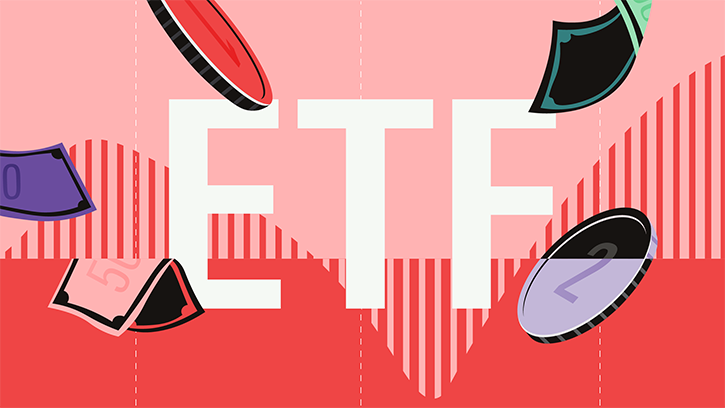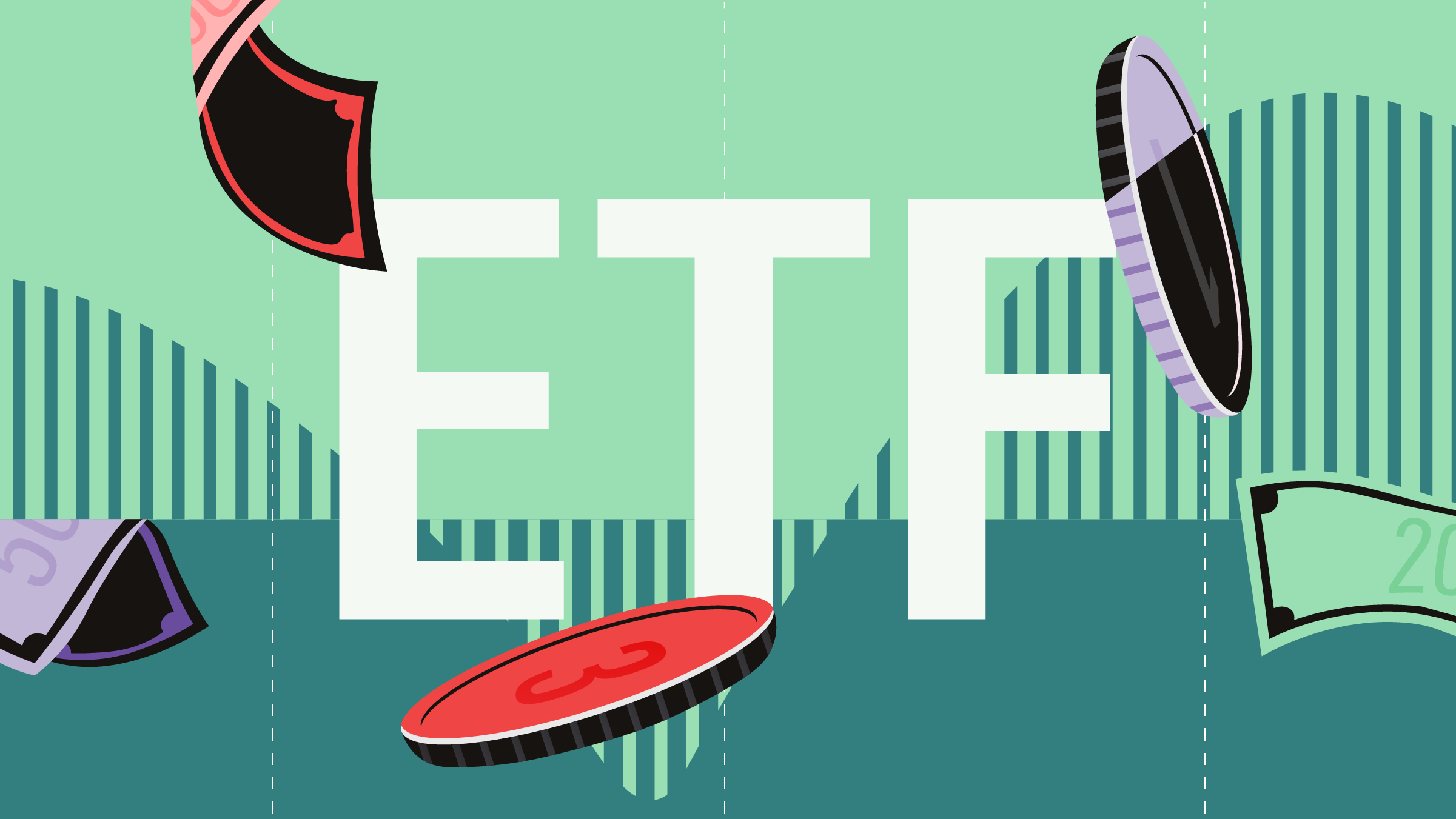Emerging-markets funds have zoomed ahead of nearly all other types of offerings in this spring's worldwide equity surge. Sure, all five Morningstar Style Box categories of foreign-stock funds have gained roughly 48% from the outset of the current rally on March 10 through June 4, and certain other types of funds, such as natural-resources offerings, have delivered similarly impressive returns. But diversified emerging-markets and Pacific/Asia ex-Japan funds have both gained approximately 62% during the period, while Latin America offerings have returned more than 70%. Meanwhile, Russia and India offerings are up nearly 100% during the period.
The stunning gains of emerging-markets funds are partly due to investors rediscovering their appetites for risk and the fact that these funds fell quite sharply in the late 2007 to early 2009 global meltdown, giving them plenty of room to bounce back. (Some other types of high-risk offerings that suffered oversized losses in the meltdown have also snapped back sharply this spring.) However, the recent outperformance is also due to investor excitement about the superior macroeconomic conditions in the developing world. And most of the developing world's economic advantages over the developed world--such as its higher GDP growth rates and healthier demographic conditions--are expected to persist for years to come.
This is all encouraging, and a moderate dose of emerging-markets exposure does make sense for many long-term portfolios, but interested investors should approach this asset class with their eyes wide open.
Enough Emerging-Markets Exposure Already?
The first thing that investors should do is determine how much emerging-markets exposure is in their other equity offerings. For starters, most foreign large-cap funds have between 8% and 13% of their assets invested in the developing world; the majority of foreign small/mid offerings have similar percentages devoted to emerging markets; and many prominent foreign-stock funds currently have much bigger stakes in the developing world. ![]() Big Risks As Well As Big Rewards
Big Risks As Well As Big Rewards
Investors who want more emerging-markets exposure should make sure that they fully understand the explosive nature of funds that focus on the developing world. This spring isn't the first time that these funds have skyrocketed in favorable climates. Indeed, they soared to huge absolute gains and handily outpaced all other types of funds in the early 2003 to late 2007 global rally, as a robust worldwide economy fueled strong demand for emerging-markets materials and products and as local conditions were constructive in most of the developing world.
However, because of the dependence of many developing economies on commodity prices, the sector concentration of most emerging markets, and other factors, these funds are extremely risky and prone to sharp declines in unfavorable environments. In fact, diversified emerging-markets, Pacific/Asia ex-Japan, and Latin America funds have been the most volatile types of international-stock offerings by far over the past decade. They suffered much more than other international-stock offerings during the late 2007 to early 2009 global crisis, losing about two thirds of their value, as demand for emerging-markets materials and products sank and local conditions weakened.
That rough period wasn't an isolated incident. All three categories of emerging-markets funds have suffered annualized losses of 20% or more during numerous rolling 12-month periods during the past decade--on top of those that occurred during the late 2007 to early 2009 meltdown.
There have been more up periods than down ones for these funds over time. Over the past decade, foreign large-cap funds have earned 1% to 4% annualized returns and foreign small/mid-cap offerings have posted 6% annualized gains, while diversified emerging-markets, Pacific/Asia ex-Japan, and Latin America funds have produced 10% to 15% annualized returns. And these 10-year returns are more indicative of emerging-markets funds' long-term potential than the huge gains that they posted this spring are.
Choose Wisely
The first impulse of many emerging-markets fans is to focus on funds dedicated to the developing world's trendiest exchanges or offerings that leave their competition in their dust during rallies. But as we pointed out
















